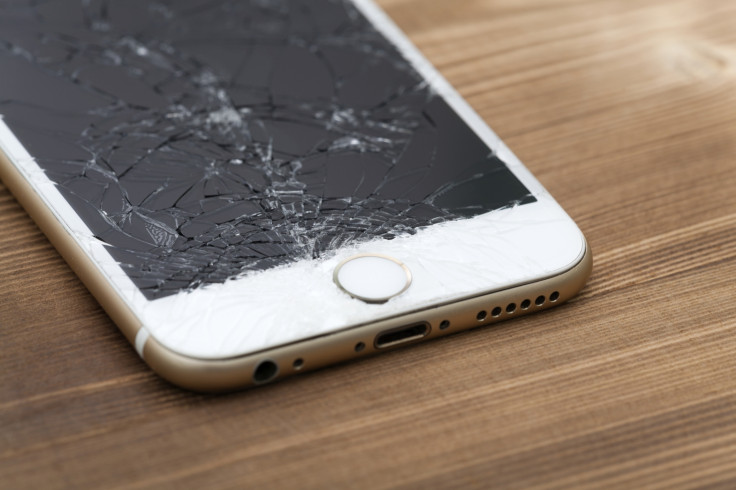British scientists set to invent 'unbreakable smartphone screen' from silver nanowires
University of Sussex scientists confident of replacing glass with screen made from silver nanowire films.

Scientists from the University of Sussex say that they are on the verge of inventing a smartphone screen that cannot be broken, by replacing glass with a new material made from silver nanowire films.
Conventional touchscreens are made from glass, with electrodes laid under the screen to pick up the pressure exerted by your fingers. These electrodes are made from indium tin oxide, which is a rare and expensive metal.
The researchers have developed a new material made from silver nanowire films that layer together to produce detailed electrode structures, which makes the material much stronger than glass, as well as being scalable, so it can easily be used for large TV and computer touchscreens, as well as much smaller mobile phone and tablet screens.
This is possible because the silver nanowire films are able to produce extremely small patterns, like pixels on a conventional screen, and the nanowires are able to match and exceed the transmittance and conductivities of conventional indium tin oxide electrodes.
Patterning silver nanowire films
For the first time ever, the researchers have shown that a nanomaterial made out of silver nanowires would be suitable for demanding applications, such as LCD and OLED displays, which work by using millions of tiny pixels to form an image.
The study, entitled, "Finite-size scaling in silver nanowire films: design considerations for practical devices" is published in the journal Nanoscale.
"Each pixel of these displays is further broken down into subpixels; typically, one each for red, green and blue colours. In the display in a smartphone, for example, these subpixels are less than a sixth of the width of a human hair — which is also similar in length to the silver nanowires used in our research," said Dr Alan Dalton, a professor of experimental physics at the University of Sussex, one of the lead authors of the research.
"Silver nanowire and silver nanowire/graphene hybrids are probably the most viable alternatives to existing technologies. Other scientists have studied several alternative materials, but the main issue is that the majority of other materials do not effectively compete with ITO or they are too costly to produce, at least at the moment."
Silver nanowires make sensors better
The researchers are now looking to turn the material into commercial products in collaboration with M-SOLV UK, an Oxford-based firm specialising in laser and inkjet micro-machining technologies. Using the new material, M-SOLV has been able to demonstrate that if silver nanowires are incorporated into a multi-touch sensor, this reduces the sensor's production cost and energy usage.
Scientists from ETH Zurich have also been researching silver nanowires for the purpose of creating better touchscreens. In January, researchers pioneered a 3D printing process that makes it possible to manufacture transparent electrodes to create a special type of electrohydrodynamic ink-jet printing, whereby tiny drops of gold are printed out to form ultra-fine gold walls that gradually build up to form a whole grid of nanowalls.
© Copyright IBTimes 2025. All rights reserved.






















